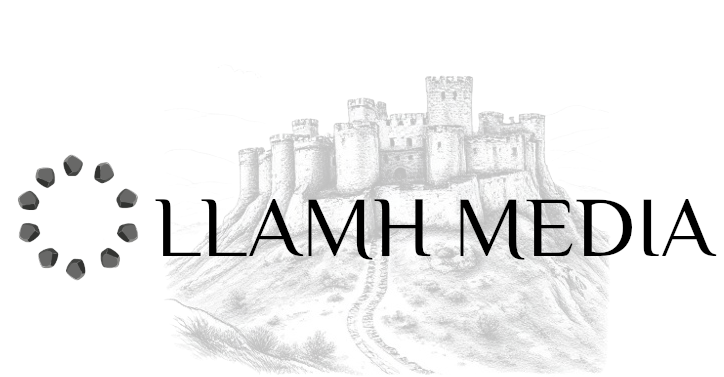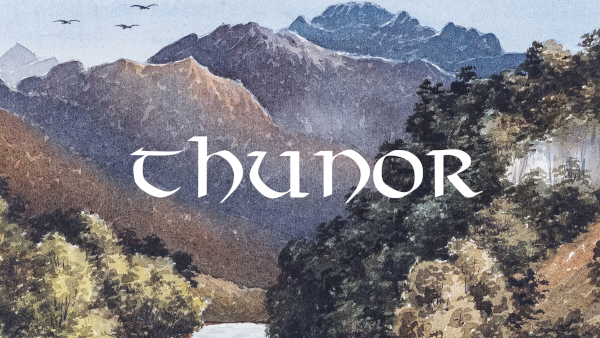Thunor, a commanding personality venerated by the Anglo Saxons. The epitome of masculinity, the fiercest character of the Germanic pantheon.
Known as Thor contemporarily, Thunor is an important figure in the history of the Anglo Saxons. Much of all the traditions that have survived regarding the red haired, red bearded hero are known from literature produced in Iceland. However, Thunor is one of the earliest attested dieties within the pantheon. There are references of the Romans in the first century CE comparing him to Jupiter. The name Thunor comes from the Old Saxon word thunar, which means “thunder”, this is an obvious reference to the belief that he was in control of this phenomenon.
Thunor’s Attributes
He was brave, strong, and fierce. He loved to engage in combat and rarely passed on an opportunity to engage. Thunor rode a chariot pulled by goats.
The Family of Thunor
The literature suggests that Woden was an all father within the pantheon. Therefore, it is befitting to the Anglo Saxons that his son would be a praiseworthy character within his own right. When matured, Thunor married. He married from amongst the pantheon. His wife was venerated for her association with faith, family, and fertility. However, the literature states that Thunor would occasionally engage in extra marital relationships and even fathered a child from one of these encounters.
Thunor’s Hammer
The Prose Edda explains how he obtained his hammer. A group of dwarves created a hammer too heavy to wield. However, he was the only one who had the strength necessary to use the hammer. He claimed the hammer as his own solely thereafter.
Thunor’s Enemies
Thunor had many battles with many different enemies. He battled giants, known as the Jotunn and the famous sea serpent of Midgard. The story begins with Thunor setting out to find a cauldron big enough to brew beer for all the Germanic deities. He came across a giant. The giant knew the cauldron’s location and suggested that the pair go fishing. Thunor agreed and they both went to sea. The giant would go on to catch several whales, while Thunor ensnared none other than the sea-serpent of Midgard. He recognised his catch and proceeded to attack with his trusted hammer. For once, the hammer was not enough, the serpent wriggled free from the snare and returned to the ocean. This would not be the final meeting of these two within the traditions.
Symbology of Thunor’s Hammer
Historians suggest the swastika symbol represents the hammer of Thunor. They have found the protective symbol in women’s graves and it is seen on warrior’s swords. It is assumed that the deceased are placing themselves under the protection of Thunor. In the countries with significant Germanic populations such as England, northern Germany, the Baltic regions, and Russia there has been around 1000 pendants in distinctive shapes representing the hammer of Thor unearthed. Also, within these lands there are places and monuments named after him.
The Cult of Thunor
The cult paid particular attention to the importance of property and social cohesion. This included the well-being of the family and community. Crops were of equal importance to members and the sanctity of fertility.
The Legacy of Thunor
The non-elite classes of Germanic societies venerated Thunor. This may be due to his role in fertility, his brashness and never say die attitude. The Anglo-Saxon populace admired his tenacity as he appealed to their psychology. An archetype for the Germanic common man.
The legend of Thunor lives on within the well documented and popular accounts of Thor in contemporary times. The day of Thursday in most Germanic languages reference him directly. Also, the tradition of bringing a yule log to burn at Christmas may have come from Thunor’s oak tree. The inhabitants believed that this would protect their home from fire and thunder.

